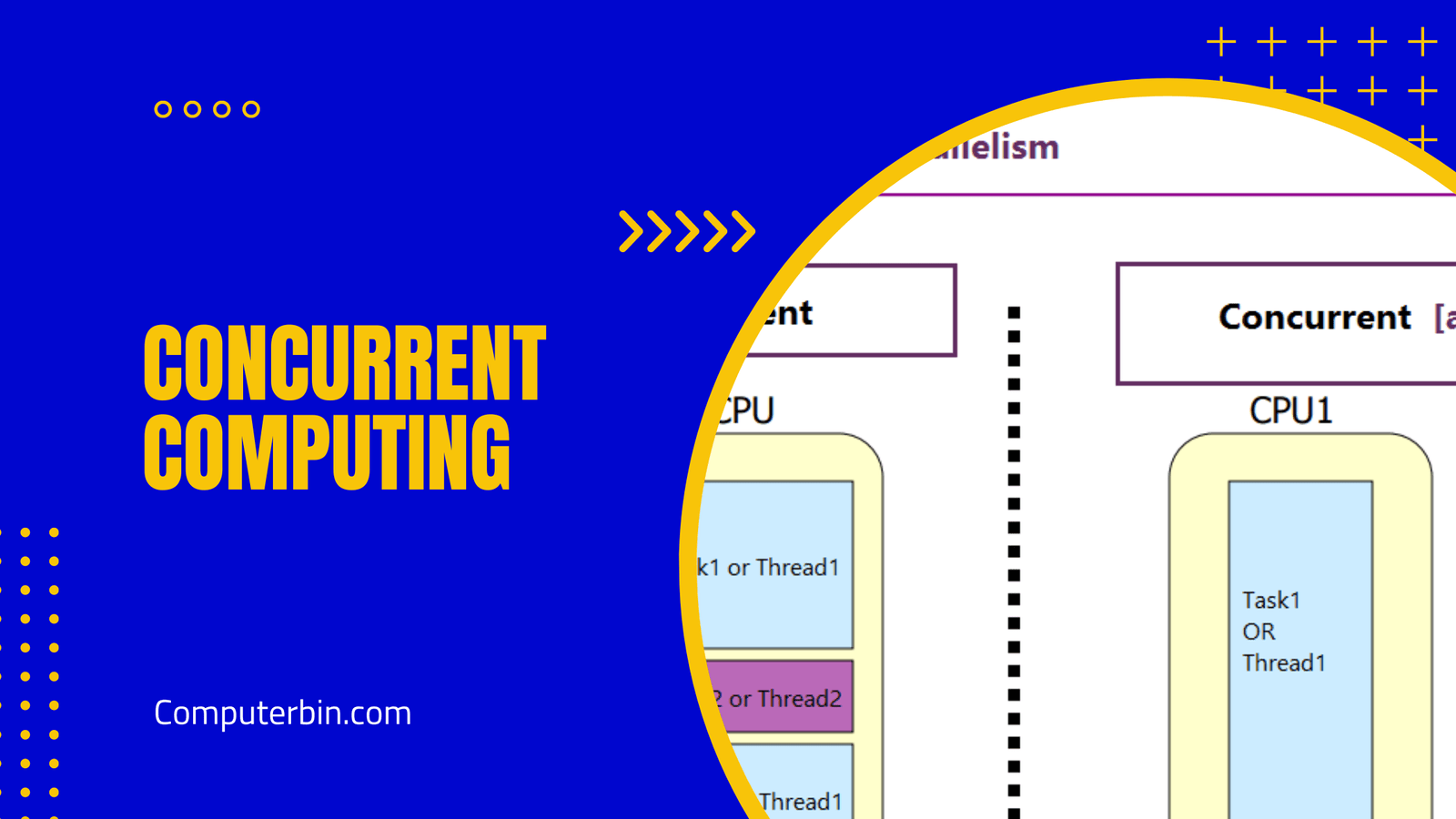64-bit is a type of computer-based architecture, in which the term 64-bit is used as an integer, which is a piece of integral data including the memory address and all essential data components which are eight-octets in width.
An octet is a unit of numbering the digital data in the field of computing technology and telecommunications.
64-bit is also known by other terms like WOW-64, x64. Etc.
For better understanding and connection, you must know that the 64-bit is a fabrication architecture of the v processors which are greatly potent in sending 64-bits or 8 octets of data in a single clock frequency or clock cycle.
The 64-bit based processors and Arithmetic logic unit (ALU) fabrications are the ones that can be primarily or totally dependant on the local storage of the processor and different buses including the address bus and data bus of the particular data size.
All the 64-bit microprocessors are the basic necessity for all 64-bit microcomputers and as the software viewpoint, 64-bit computing means making use of the machinery language along with the 64-bits of digital memory and address buses.
The predecessor of the 64-bit processor, the 32-bit processors were a bit sluggish and outdated in terms of usability and the new 64-bit ones are a good enhancement. Here, the numbering “64” shows the proportions that the basic unit of data the microprocessor will process.
Now let’s dive into some more technical and a bit complicated mathematical calculative digits, which might be confusing for some who have conflicts with maths and digits.
The predecessor of the 64-bit 32-bit could only take the biggest integer (unsigned) for showcasing was 1/232 or 4,294,967,295. Whereas, if you look at these digits in a 64-bit processor you will notice a big difference of almost double. The 64-bit ones can represent unsigned integral entities up to 1/264 or 18,466,744,073,709,551,615.
As we discussed earlier, the 64-bits architecture computers processor’s local storage or directories have the exact dedicated size standard of 64-bits only.
These processor local storage are called the processor registers, and this local storage does the task of holding information and data that is ready for being processed by the processor itself.
The processor registers mostly coverups the upper-most tier in the memory levels, it offers much faster data transfer and speedy storage of data and accessing utility.
64-bit architecture and the firmware are altogether combined to execute on it and are very often called x86-64. This call refers back to the truth that it’s far a 64-bit architecture, and is well-matched with Intels x86 computer instruction set. These instruction sets will also be called AMD64, as a connection with the AMD64 set developed by AMD.
Most of the OS (operating systems) these days have the capability of running and working the 64-bit architect system.
Operating systems like windows XP, windows vista, windows 7, 8, and Windows 10 home, but if you see the 64-bit versions of the architecture were not so common in Windows XP and Vista.
AMD’s Opteron, Athlon 64, Turion 64, Sempron, Phenom, FX, and Fusion are AMD’s 64-bit architecture-based processors. Xeon series of processors by Intel till the Nocona in 2004 and the Celeron and Pentium series till the Prescott CPUs. After that, all the intel’s core series of processors including the i3, i5, and i7 are based on the 64-bit architecture.





